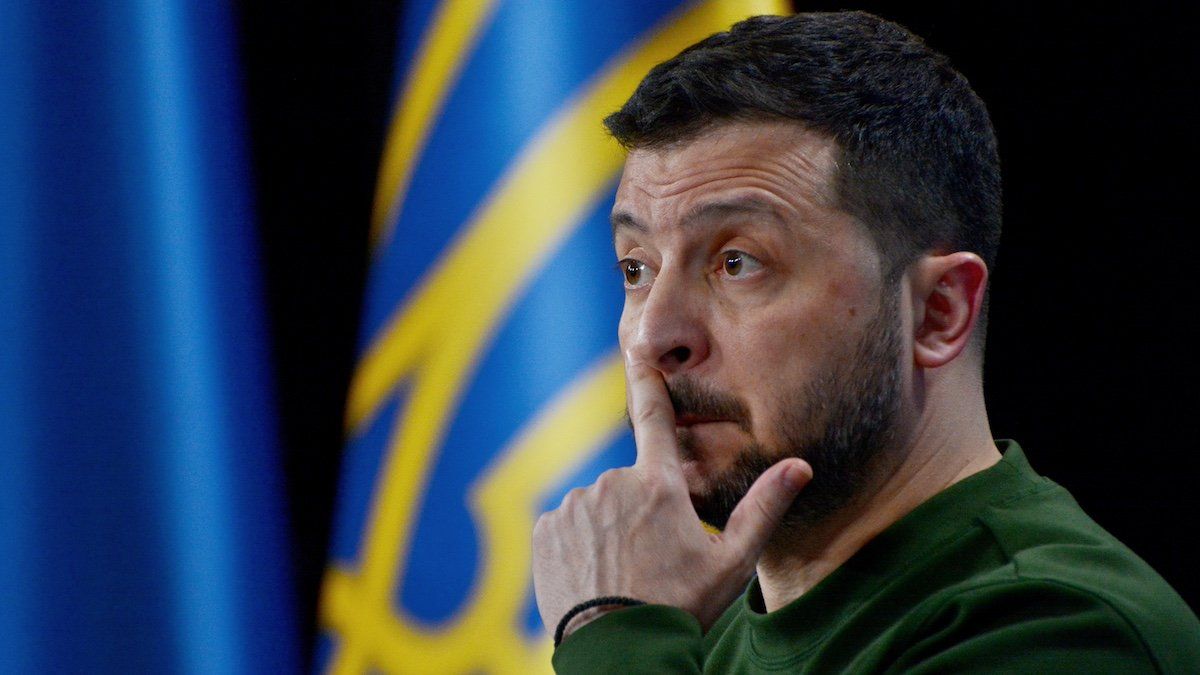On the second anniversary of Russia’s invasion of Ukraine, G7 leaders met in Kyiv to pledge their unwavering support for the country’s resistance. They announced additional military and financial aid, as well as a suite of sanctions against Russia. The objective: to break the current stalemate and push Putin to the negotiating table.
Will it be enough?
Sanctions may be little more than symbolic. Instead of turning the ruble to rubble, as US President Joe Bidenpredicted in 2022, the Russian economy has rebounded thanks to higher defense spending and oil export revenues.
As for military aid, the biggest chunk is stalled in the US Congress, where support has faltered along partisan lines. Ukraine could face a “catastrophic” shortage of ammunition and air defenses by late March if an additional aid bill isn't passed.
The most likely scenario?
Most experts envisage
an eventual negotiated settlement that compromises Ukrainian territorial integrity for long-term stability and Western integration – Eurasia Group put such a scenario as their
#3 top risk for 2024. While a deal might resolve this conflict in the short term, it could embolden Putin to start others. While NATO’s recent expansion is meant to deter Russia’s imperialist designs, should a Trump White House hollow out the alliance, Europe could be more vulnerable than ever to attack.
